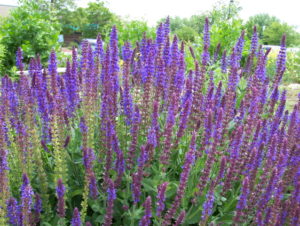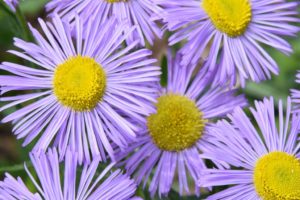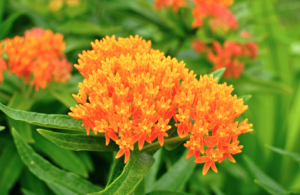Habitat Gardening
Habitat gardens can make a big difference to the local environment. By including plants and other elements that provide food, water and shelter, a habitat garden can supplement and enhance existing resources for pollinators and other wildlife.



Pollinator populations are in peril, but we can all make a difference in conserving these important animals. One important step you can take is to plant gardens that provide food and shelter for these important animals. For example, shrubs, trees and groundcovers provide shelter for nesting and roosting pollinators. Other plants, such as dill and milkweed, provide food for hungry caterpillars. Colorful native wildflowers offer nectar and pollen for pollinators from spring to fall.
The outdoor landscape at the Butterfly Pavilion welcomes people, plants and wildlife. Our habitat gardens are specifically designed to attract pollinators and other beneficial insects at all stages of their lives. The publications below share what we’ve learned with anyone interested in conserving pollinators and other wildlife in their local landscapes.
Interested in Learning More? Check out these other gardening resources by Butterfly Pavilion’s Horticulture Team!
10 Steps to a Pollinator Garden
Gardening for Healthy Ecosystems
Host Plants for Colorado Butterflies
Tips for Protecting Pollinators


